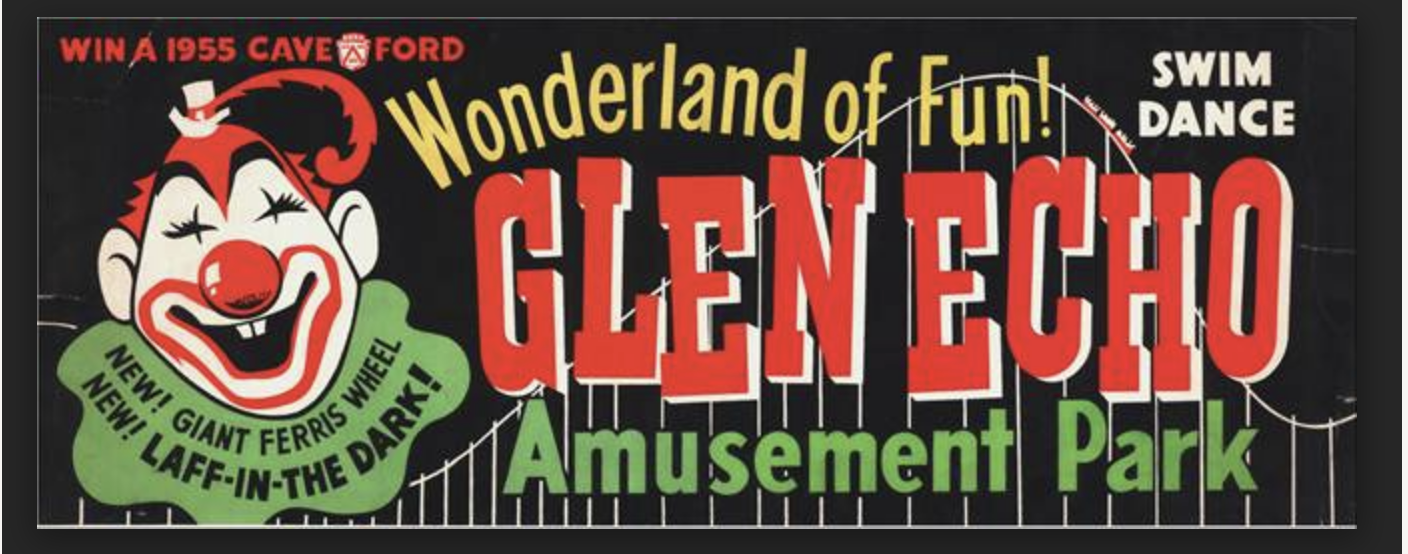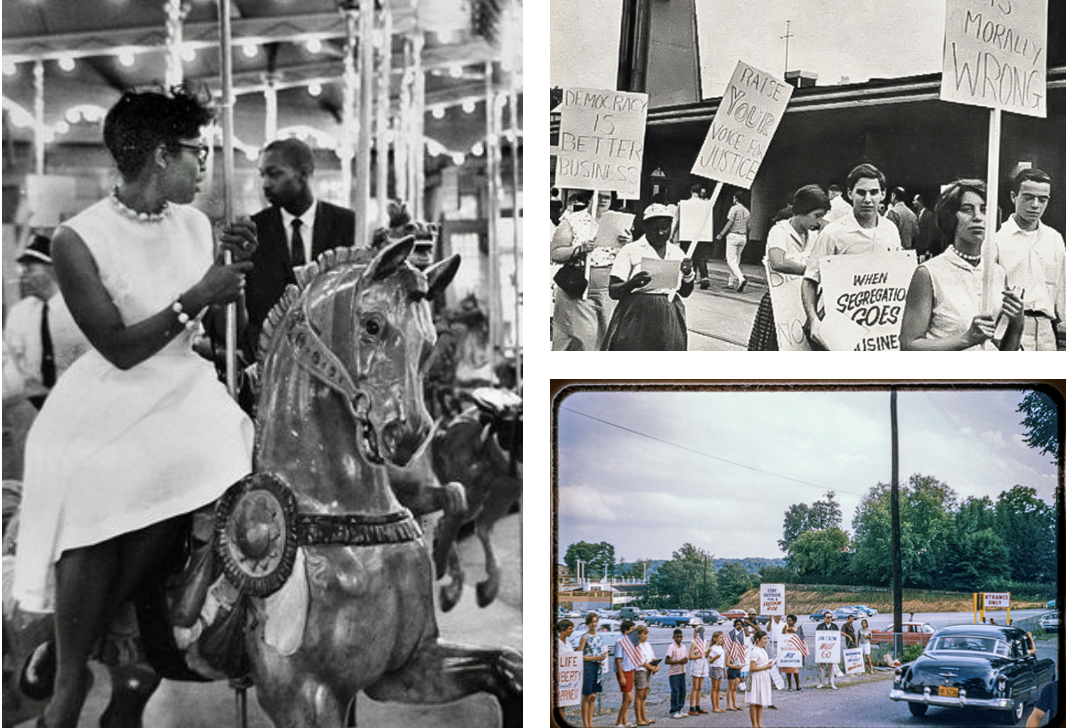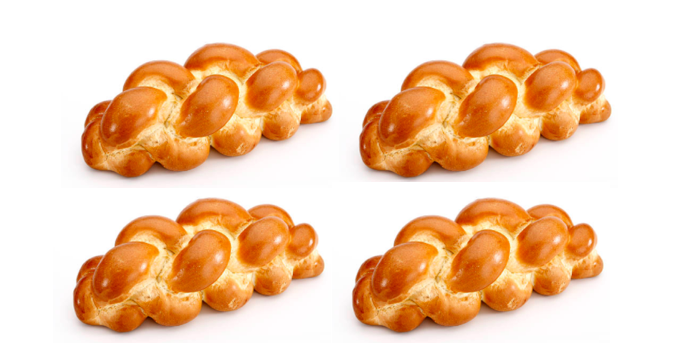Unity and Support – Ain’t No Back to a Merry-Go-Round
By Two Sues on the Aisle, Susie Rosenbluth and Sue Weston
Ain’t No Back to a Merry-Go-Round is a documentary produced and directed by Ilana Trachtman that sheds light on the unlikely partnership that made Glen Echo Amusement Park a pivotal chapter in the Civil Rights Movement. Using photographs to return to the summer of 1960, Trachtman lets the surviving octogenarians share their youthful passion for integrating Glen Echo, an amusement park just outside of Washington D.C.
This story is about the ability to see beyond race and color. Students from Howard University picketed alongside the white suburbanites from Bannockburn, a neighboring community making Glen Echo the earliest organized interracial civil rights protest in US history.
What it takes to Create Change
The headlines showed black students from Howard University on a segregated carousel at Glen Echo Amusement Park in 1960. This story could have ended right there if it were not for the whites and Jews who marched side-by-side which attracted counter-protesters, the American Nazis. With support from the media, the protesters succeeded.
Segregation was an accepted part of the 1960s. Dion Diamond grew up in Petersburg, Virginia. “I grew up in a totally segregated environment. I just didn’t have exposure to white folks.” There were separate facilities with separate entrances for blacks and whites, Diamond recounts sneaking into the white library entrance to get access to the stacks, to read books that were not available in the black-only section. Diamond became part of the Nonviolent Action Group (NAG), a student-run group from Howard University that took issue with complacency and acceptance of these discriminatory practices.
They staged a successful sit-in on June 6, 1960, at a Cherrydale Drug Fair lunch counter, then turned their sights to Glen Echo Amusement Park.
Competing Perspectives
Ain’t No Back to a Merry-Go-Round focuses on the competing perspectives. The Local African American community resented the Howard University students, who they saw as privileged outsiders who took on amusement park discrimination rather than real issues like access to employment and housing. Jewish whites likened segregation to the discrimination they experienced in Nazi Europe. Their numbers increased when the American Nazis counter-protested, shocked to see Nazi values were embraced in America. The local community of Bannockburn was a coop, built in the mid-1940s, by residents recruited to work on Roosevelt’s New Deal administration, who were unable to buy homes in the District of Columbia. Many had boycotted the park for years and launched unsuccessful letter-writing campaigns demanding integration of the park. Lastly, there were the amusement park owners, who were Jewish. They worried that an integrated park would ruin business.
While the protesters walked the picket lines daily, white parkgoers walked past them with glares and insults.
The extraordinary history-making partnership between the black students from Howard and the white Jewish residents of Bannockburn was heartwarming, especially in the context of 1960s culture, when races did not mix. The picket line provided them with an opportunity and time to connect, to know each other, and form friendships.
The film emphasized the importance of media support, when the cameras were present violence was held at bay. NAG had learned that including whites in their protests got media attention. It was the integrated picket line that attracted the press.
The picketers demonstrated etiquette and restraint, showing up on time, and avoiding conflict by refusing to engage with the hecklers. The students dressed in suits with ties presenting themselves as respected members of society.
What impressed us most was the unity – blacks and whites together, heading to the carousel with pre-purchased tickets in hand. Over time the protesters developed a connection. They marched side-by-side to end segregation at Echo Glen Amusement Park and won, or maybe it was engaging Attorney General Robert F. Kennedy about the use of Federal Land.
Ain’t No Back to a Merry-Go-Round is a true story of people who shared a vision of a country where all people are treated equally.
******
Two Sues on the Aisle bases its ratings on how many challahs (1-5) it pays to buy (rather than make) to see the play, show, film, book, or exhibit being reviewed.
Ain’t No Back to a Merry-Go-Round received 4 Challahs
Upcoming Screenings:
- The San Francisco Jewish Film Festival on July 25 & 31
- DC Black Film Festival – Friday, August 16, 10:30 am
- The Miracle Theatre – Kotka Human Rights Film Festival August 16th – 20th
- Indianapolis Black Documentary Film Festival – Saturday, August 24th, 5:30 pm
- The Kan-Kan Cinemas – September 15 – 19











